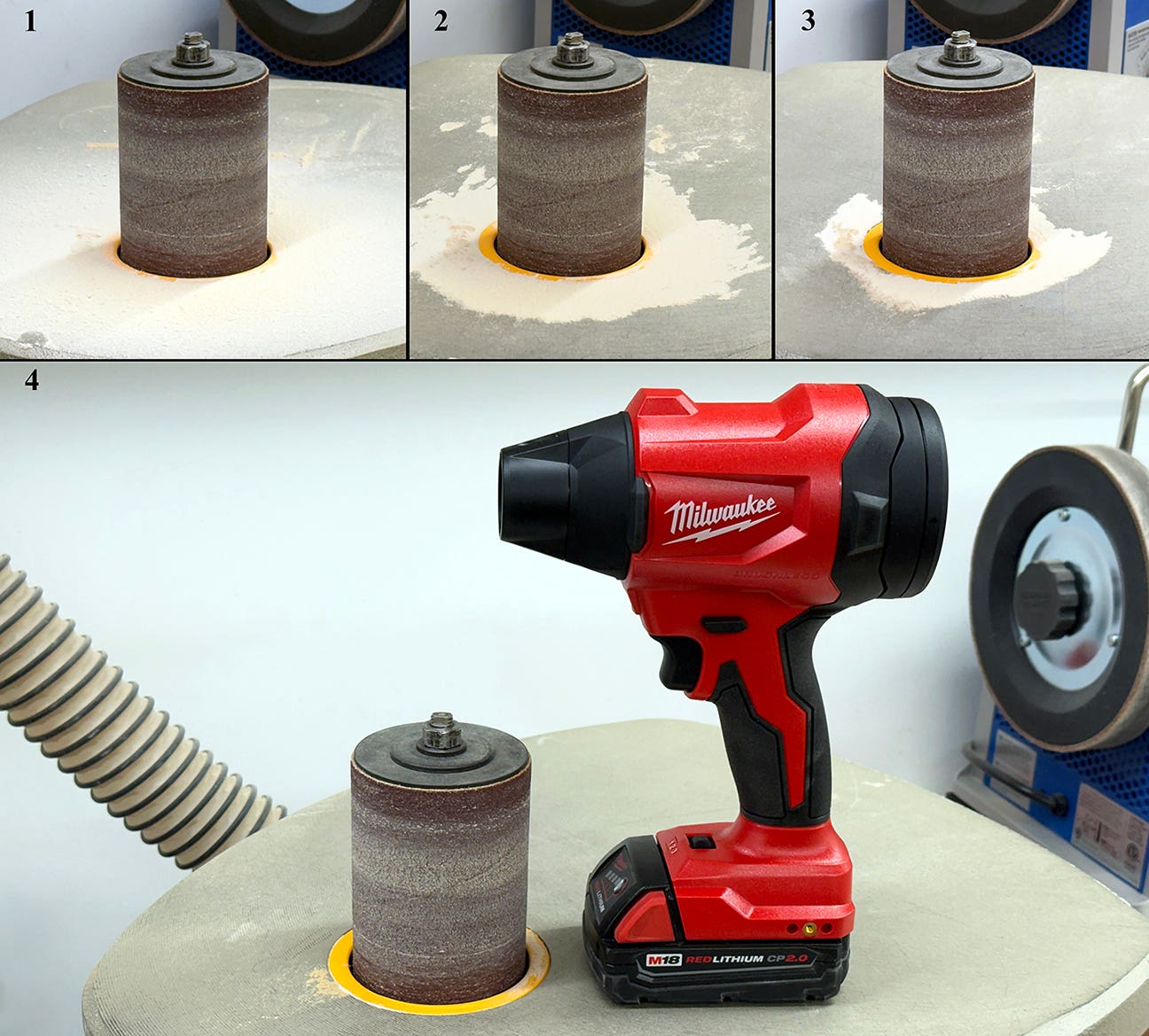Hire the right candidate without any fuss
You have four people applying for a job. You’ve just finished the interviews. Or, rather, you spent most of the time telling them the company’s strengths and why they should…
You have four people applying for a job. You’ve just finished the interviews. Or, rather, you spent most of the time telling them the company’s strengths and why they should want to work for you. Now you must decide which candidate to choose. But you have no notes in front of you and each individual seems a blur. In fact, you hate this part of the process and are thinking of deciding by pulling a name out of a hat.
Maybe there’s a better way.
Before you begin advertising, consider your expectations and requirements. Whether you are hiring someone to replace a departing staffer or adding a new position, create a job description. By job description, I don’t mean a reciting of the tasks. Rather, describe exactly what you need. For example, you want the candidate to be a steady woodworker who can take a suggestion and come up with his own procedures or someone who can learn your shop’s procedures with minimum fuss. Perhaps you’re looking for a capable, personable woodworker who can interact with customers, an artistic worker who can come up with creative solutions and do all sorts of fine detail work or a take-charge manager so you can get out and sell. Write down five or six qualities that you would like the candidate to possess. This is your ideal candidate model and this is how you judge the applicants. It helps the decision process to have this in writing, because it makes you focus on qualities.
It might be a good idea to jot down what you don’t want. For example, a gifted woodworker who has a chip on his shoulder or an edge to his personality will not work for you. An individual who knows all the answers and will not follow instructions is probably not someone you want to employ. A candidate who is used to receiving higher paychecks than you can afford, even though he says he will accept less, is problematical. A manager who seems like a bully is not the sort of person you want running your shop.
Conducting the interview
After examining the candidate’s employment application, approach the interview with the idea that you will expose his weaknesses. Don’t look at the interview process as a formality or as a bland connect the dots. Rather, expect to uncover a potential problem. Ask the appropriate questions, listen to the answers and take notes.
For the applicant who has a sketchy work history — perhaps working at five or six shops in the last 20 years — ask him why he’s never stayed longer than three years with one employer. The question doesn’t beat around the bush. If the answer is vague, press for details. Never let the applicant get away with a glib response. Follow up until you believe you have some insight.
Conversely, if the applicant has worked for one company for many years, ask why he is looking to switch jobs now? If there was a dispute, press the candidate to talk about the issue. This line of questioning is not to embarrass the individual, but to understand why he’s looking for a fresh start. Maybe he just wants a new challenge or something has changed to make him unhappy, but you’ll never know unless you ask.
If the applicant is reluctant to talk, raise non-work subjects such as sports, hobbies or the weather. Get him to come out of his shell in hopes that he will be forthright about his work experiences.
Ask the candidate what he expects out of the job. Why does he want to work your company? What does he know about your company? Is he enthused about your company’s quality of work, the shop’s machinery or if he thinks he’ll be a good fit. It’s important to learn all you can about his likes and dislikes.
Ask about salary expectations and why he deserves to make that amount. This will get him to talk about his skills and how he can contribute to the company. This might be the time to explain your salary structure to see if there’s any common ground. If you’re not in the same ballpark, then the interview is over.
Watch them work
Would you buy a car without a test drive? Probably not, so use the same logic when contemplating a new hire. Test his skills in the shop and watch how he interacts with other employees. If you’re lucky enough to have multiple candidates, give them the same task to compare their proficiency. Watch them work; the eyes don’t lie.
Follow up on recommendations, but don’t settle for bland platitudes. Again, ask tough questions to get honest answers. Ask his previous employer why he left, how much he made and why he didn’t pay him more. Was the applicant responsible and show up for work on time? What characteristic was lacking? Yes, there are legal restraints on what a former employer can say, but many bosses will open up.
Now, in the quiet of your office after having done your homework, you must decide. With the desired characteristics of the job written down in front of you, go through the candidates. Eliminate the lesser candidates as soon as possible. It is better to decide between two people than five.
Try to envision scenarios. Which candidate would be more apt to become a long-term employee? Which candidate would fit in better with your crew? Who could you work with more comfortably? Who do you think would be the most pliable staffer? Which candidate would add quite a bit to your shop’s skills? Rank the top two candidates and make an offer to the first. If both decline, it might be best to start the process from the beginning.
By being deliberate and forceful, you will choose the best candidate 98 out of 100 times.
Howard Scott is a former business owner and full-time writer.
This article originally appeared in the September 2013 issue.







